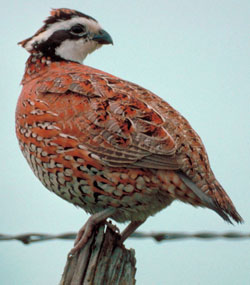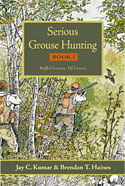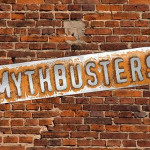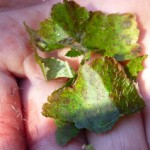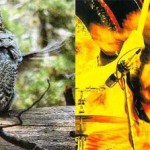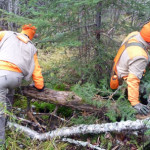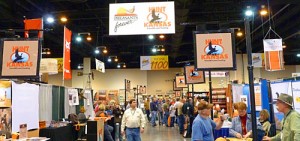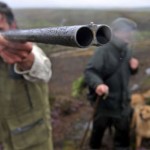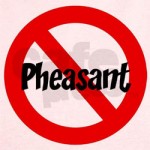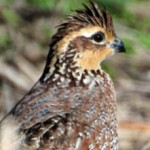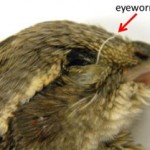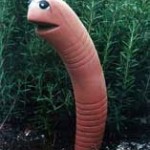Drought Not All Bad News for Quail
The drought affecting several Midwest and Southeast states seems to be only bad news for an already hurting national quail population. We checked in with Dr. Tom Dailey, assistant director of the Northern Bobwhite Quail Initiative, to see how the quail are doing, and found out that it’s not all bad news.
But first the bad news. Tom said that in Texas, the current record-setting drought is compounded by near-record low rainfall in 2009. He said things are looking “pretty darn poor” for Texas quail. ‘Nuff said. Bummer.
In Kansas, the quail population in the western and southwest parts of the state – west of I-135 and South of I-70 – is going to be hit hard. “It looks like there’ll be a [population] decline because of the drought, and that area for a number of years has been some of [Kansas’] best country for quail hunting,” Dailey said.
He noted that Jim Pitman, Kansas’ small game coordinator, said the decline in those areas will “really lower the quail population for fall hunting” this year. Pitman also told Dailey that the drought in that region is “approaching the levels of the Dust Bowl days.”
Wow.
Quail don’t do well in any temperature extremes, and Dailey said drought has several effects.
1. Stops reproduction – “The high temperature in itself can cause quail not to reproduce. You can have a situation where there’s enough cover but it’s so hot that it turns off the reproduction system so a hen will quit laying eggs.”
2. Makes eggshells tough – Even if a hen has already laid, drought conditions can mean the chicks may not be able to make it out of their shells. “When it gets real dry and hot, the shell will actually dry out. It can get leathery, and make it very difficult if not impossible for them to get out of their eggs.
He noted that good humidity is critical for eggs to hatch, which is why folks who raise birds domestically make sure it’s where it needs to be.
3. Chicks can’t thermoregulate – The third whammy is that even if the eggs hatch, the ability of chicks to regulate their body temperatures “is not developed fully for a few weeks, so they can be vulnerable when it gets hot.”
4. No food, less cover – Even if chicks get by that hurdle, they have two more drought issues: food and cover. Lack of rain means less cover and far fewer insects.
“Cover is critical for protecting birds from predation, providing shade, and for having the right conditions for eggs to incubate,” Dailey said. “The bugs are just as important. When the eggs hatch, they have to have a lot of insects. So anything that affects habitat or the food they eat affects the population.”
Not All Bad
But it’s not all bad news. Even in Kansas, the quail in the eastern third, and the north-central and far northwest parts of the state should fare okay. And in eastern Kansas, it’s because of the drought.
Eastern Kansas, Iowa, Nebraska and northern Missouri have had precipitation “way above average during the spring and early summer nesting season for 3-4 years in a row,” Dailey said. “It’s still bad in some places like Iowa, but others did dry out” because of the drought.
“So in places like Missouri and the eastern half of Kansas, where they have gotten a break from rain, I think hunters will stay close to home to hunt this year – whereas in the last few years the hunting has been pretty darn poor because it’s been too wet and too cool in the springtime.”
No word yet on Southeast quail. We’re still chasing that info down. Also, bear in mind that all ground-nesting birds in drought areas – including pheasants and turkeys – will be affected.

